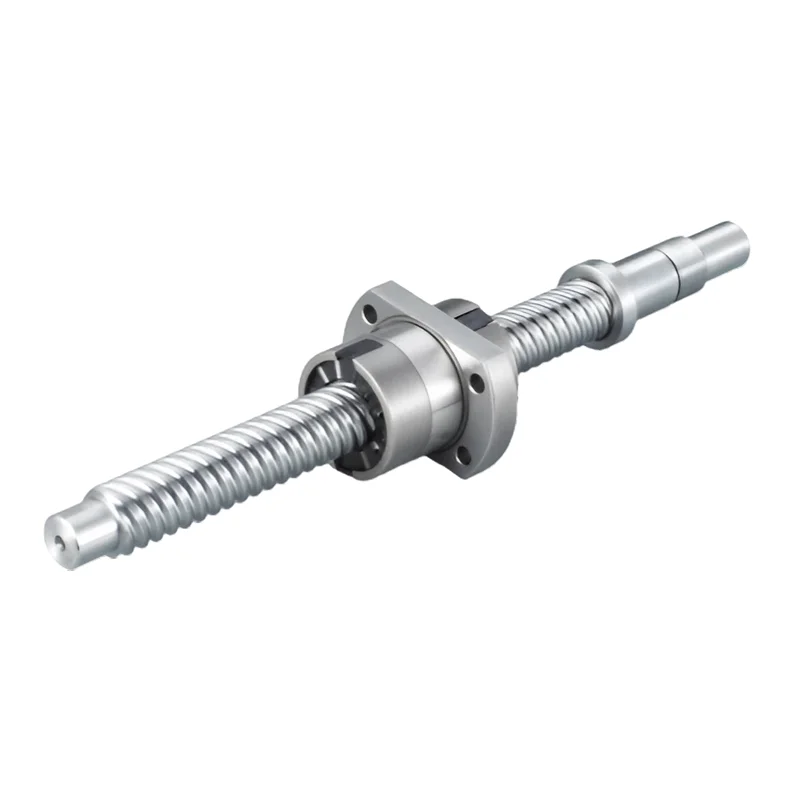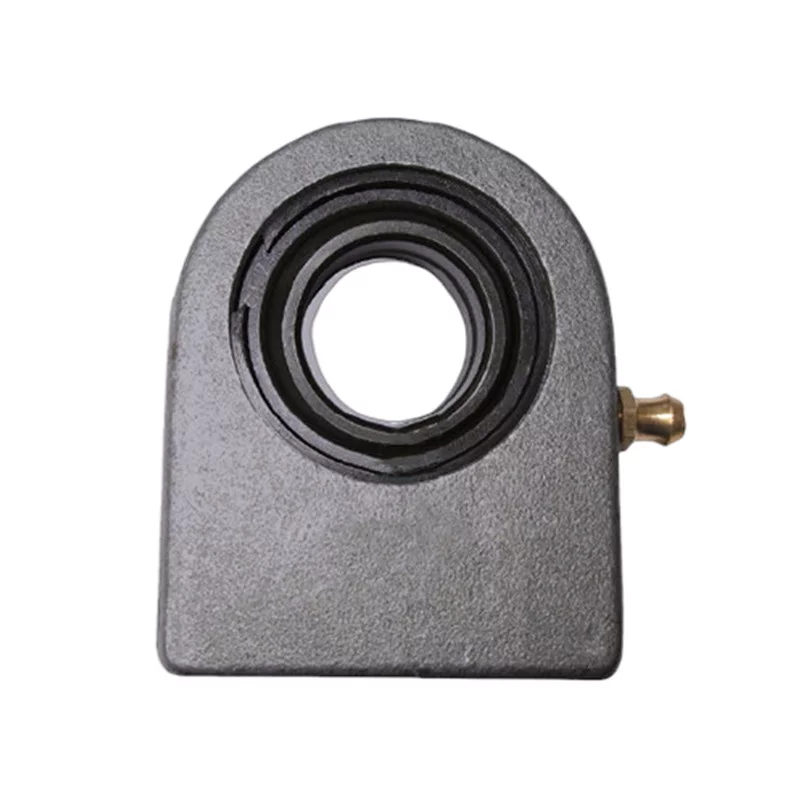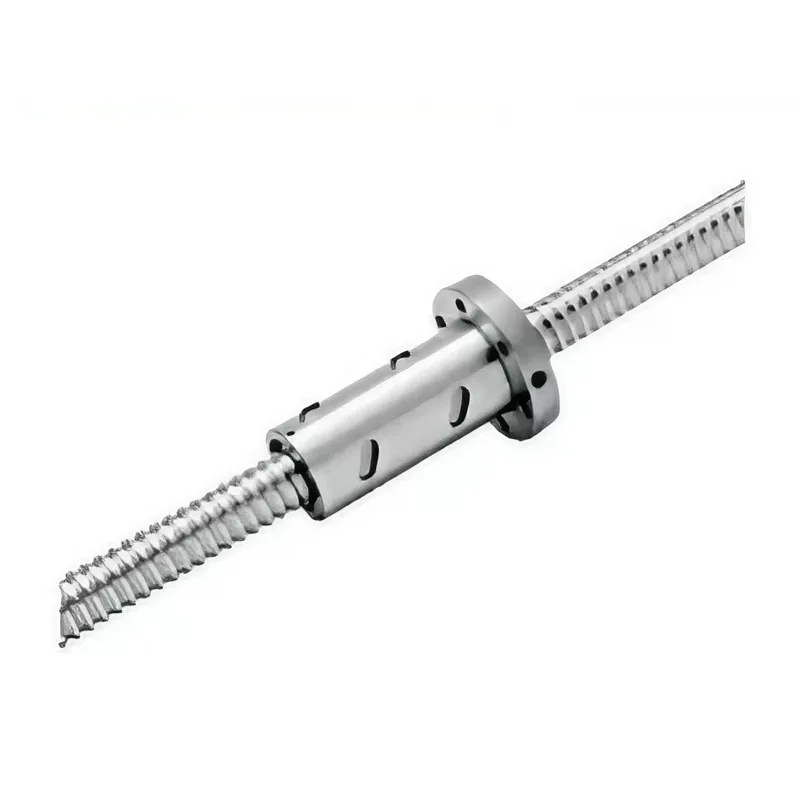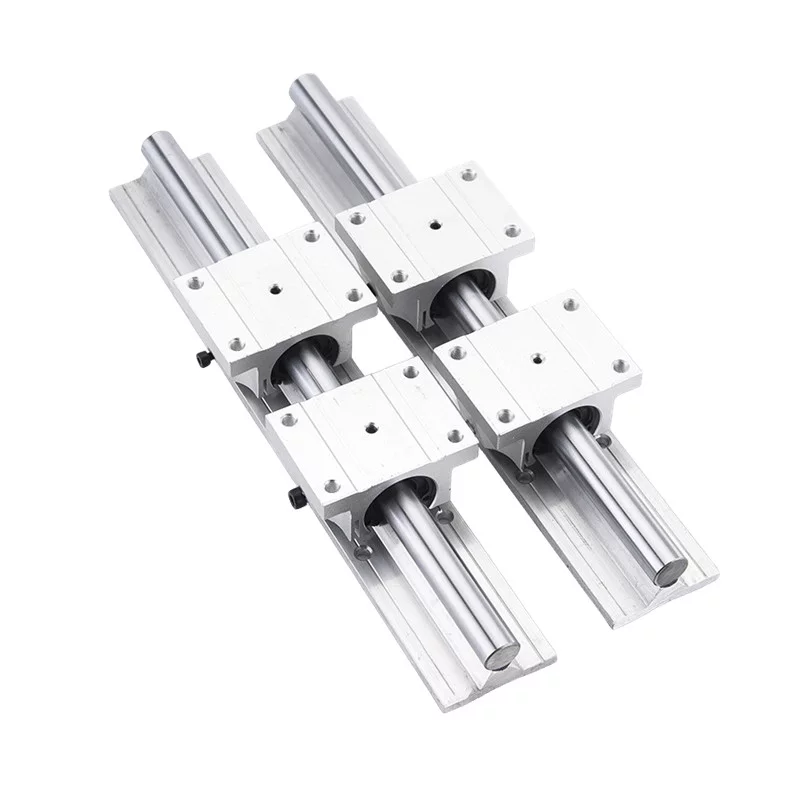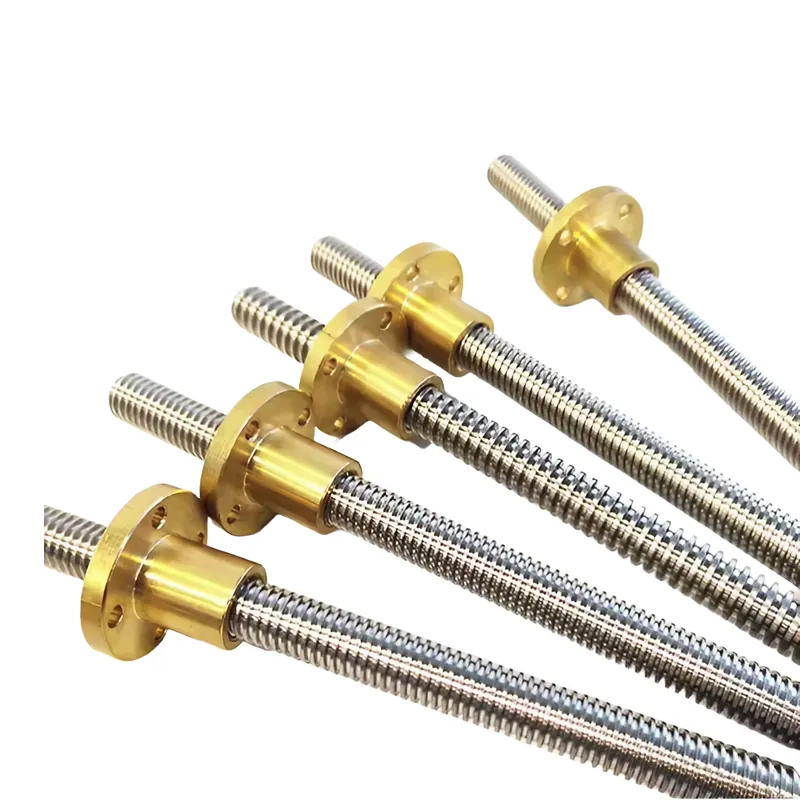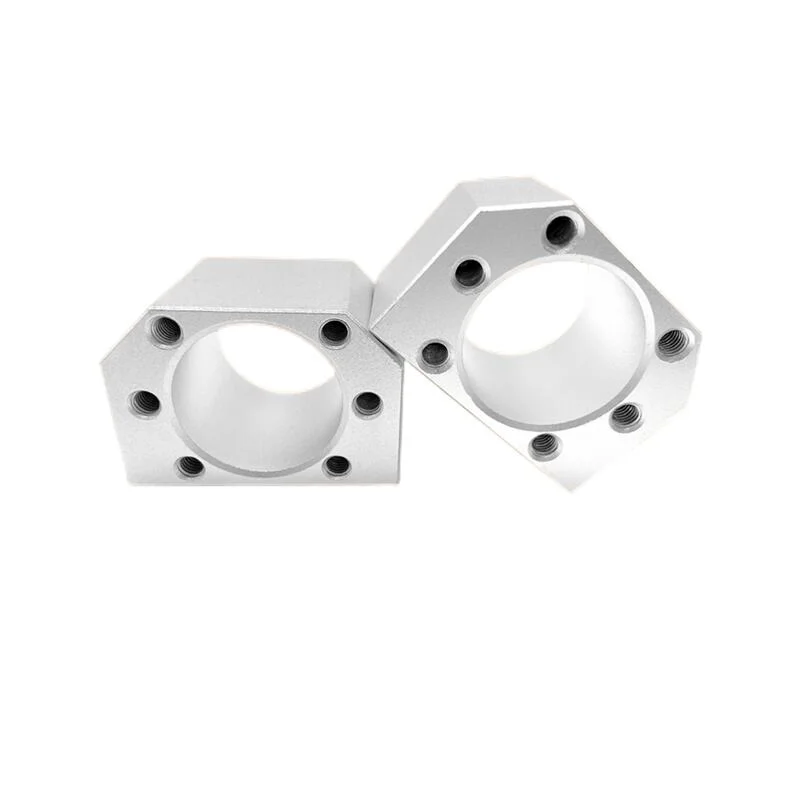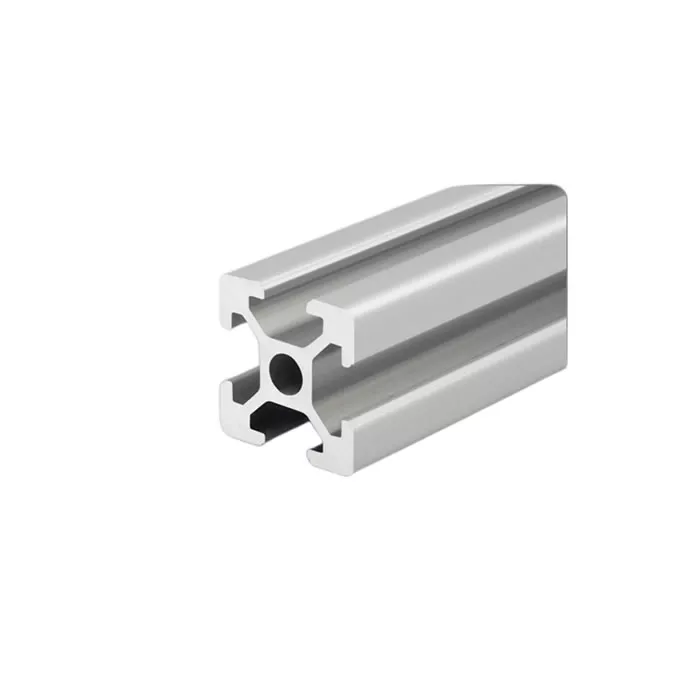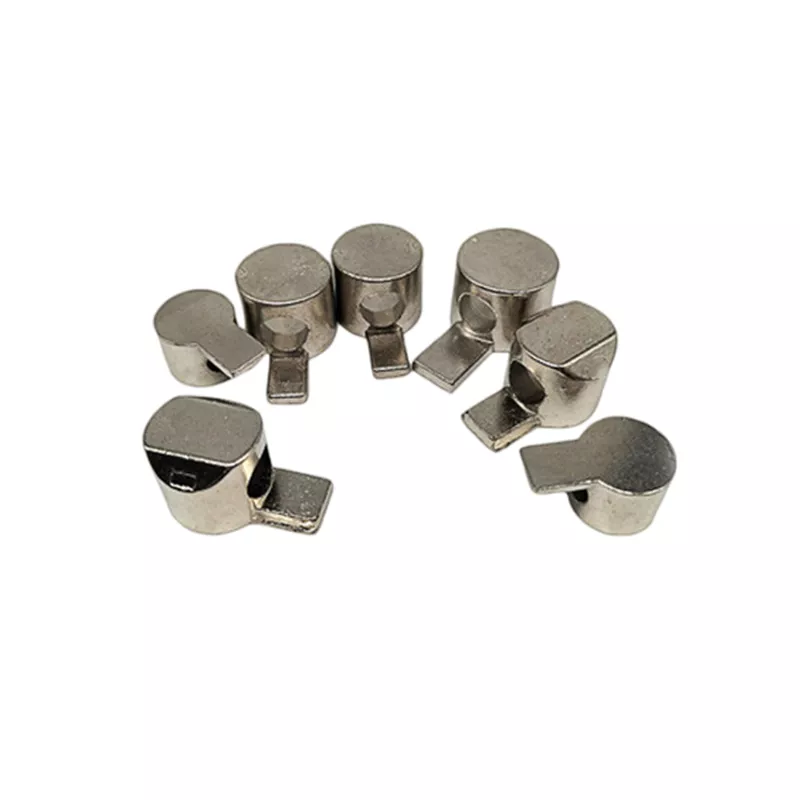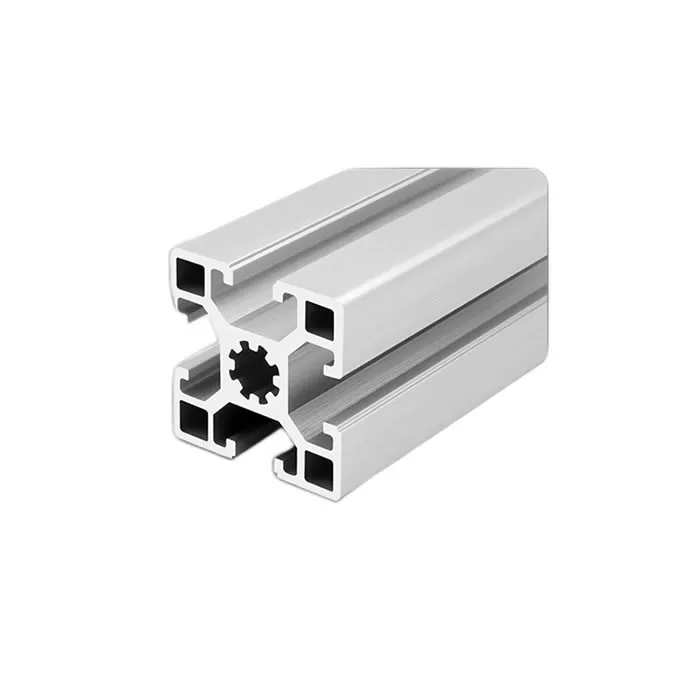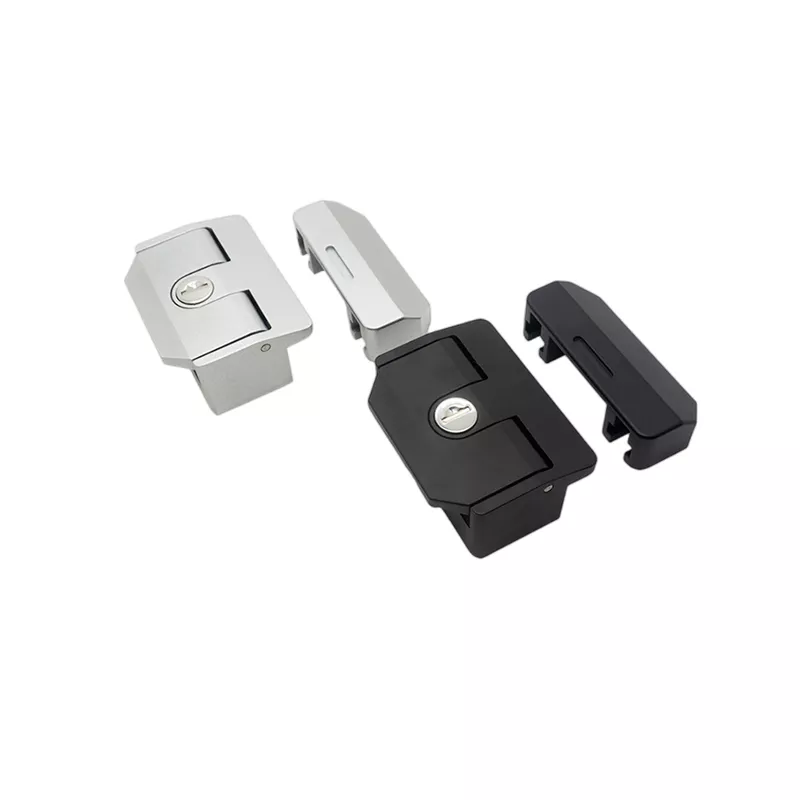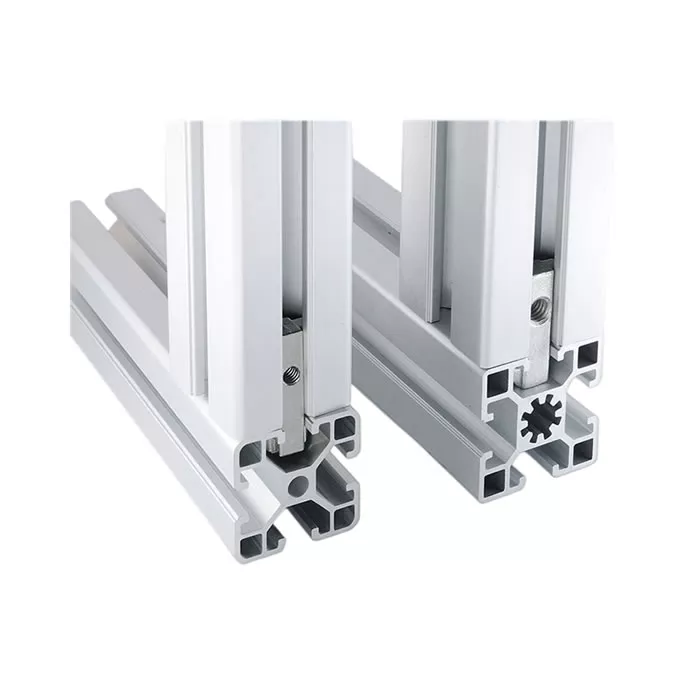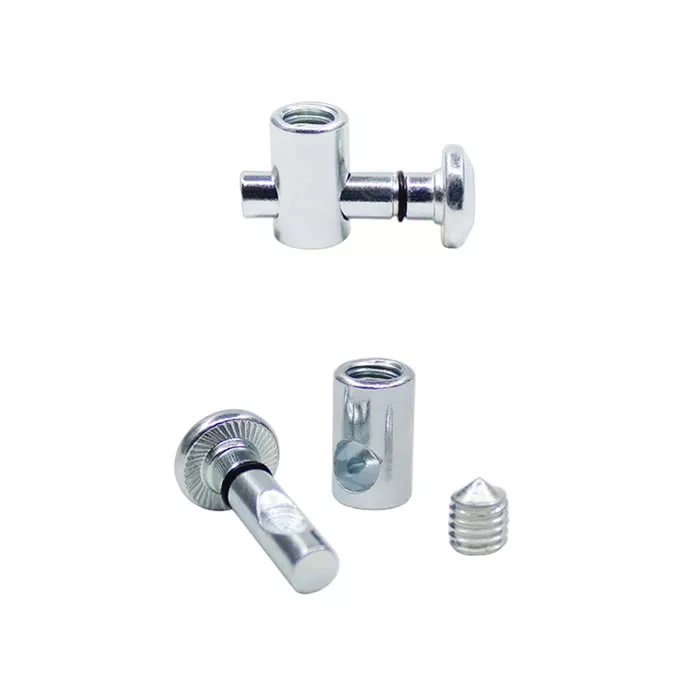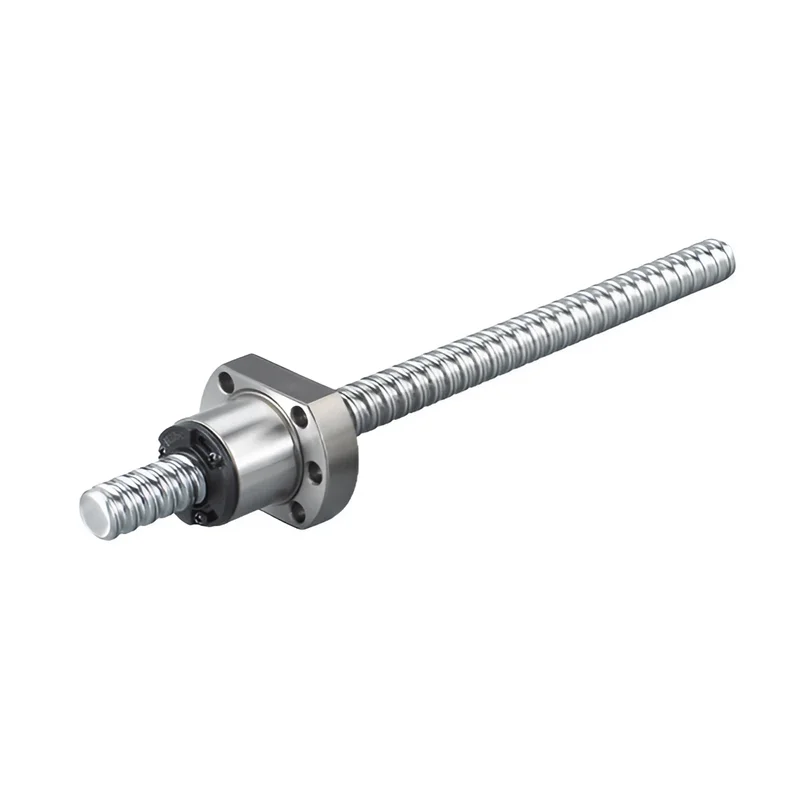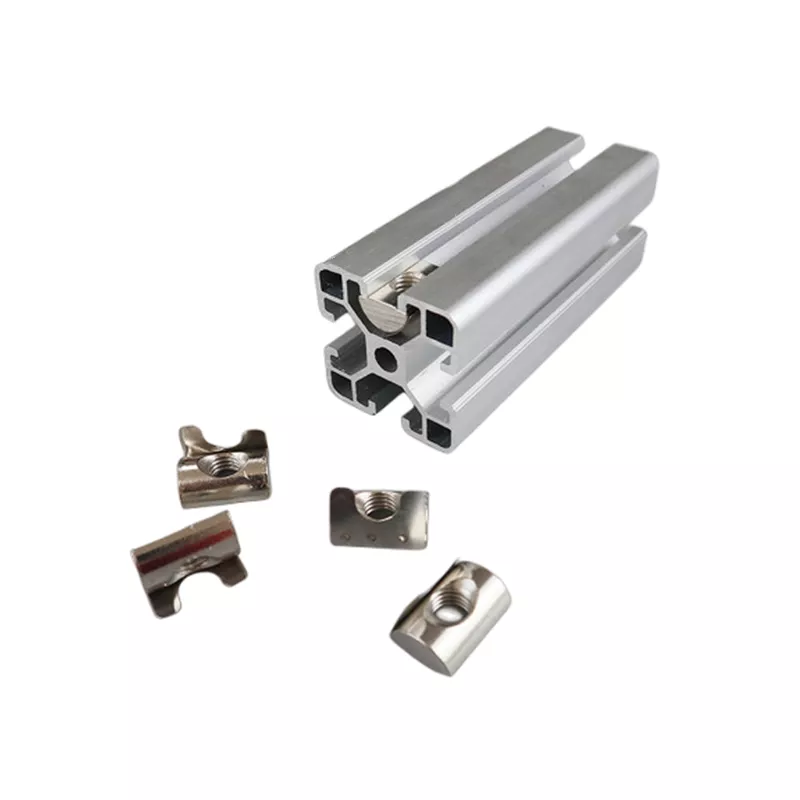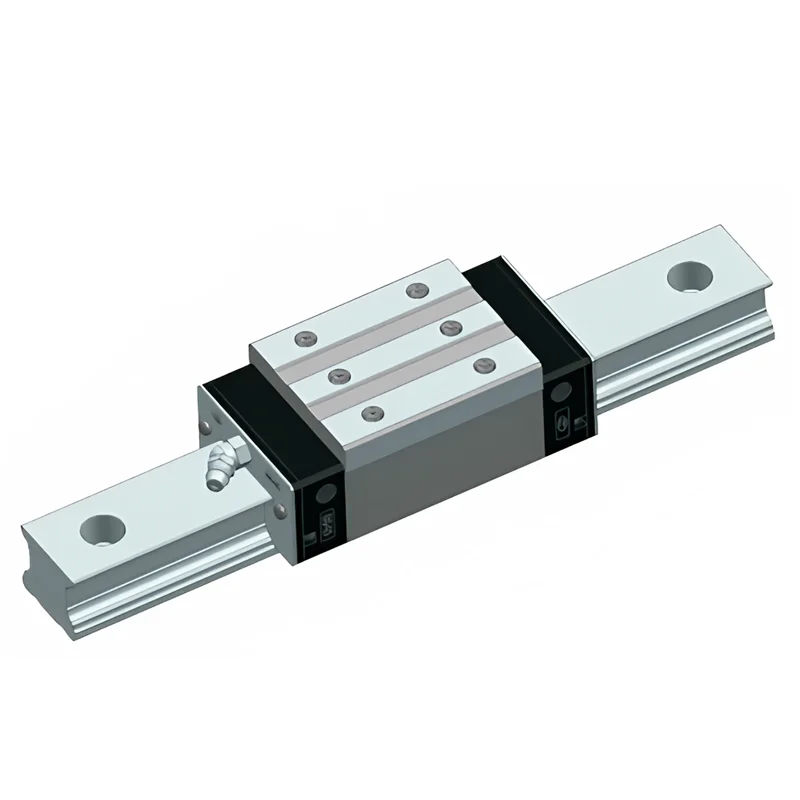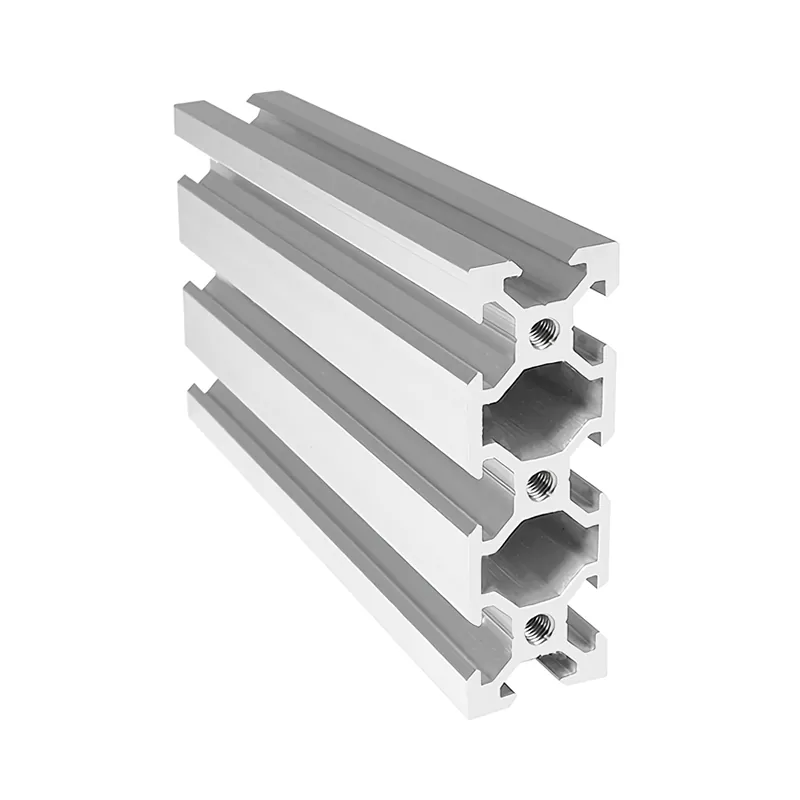How can I determine the threading direction of my lead screw
To recognize the thread direction of a lead screw, you can follow these steps:
1. Visual Inspection:
Start by visually examining the lead screw. Look for any visible markings or indicators that might
provide information about the thread direction. Some lead screws may have arrows or letters
imprinted on them, indicating the direction of the thread.
2. Thread Pitch Analysis:
Measure the thread pitch of the lead screw. The thread pitch refers to the distance between consecutive thread crests.
Use a thread pitch gauge or a caliper to accurately measure the pitch.
Compare the measured pitch to the standard thread pitch values for specific thread directions.
For example, in metric threads, a larger pitch indicates a coarse thread (right-hand),
while a smaller pitch indicates a fine thread (left-hand).
3. Rotation Observation:
Hold the lead screw in a secure position. Apply a slight rotational force to the screw using a wrench or by hand.
Observe the movement of the screw as you rotate it. If the lead screw moves forward (advances) in a clockwise direction,
it is likely a right-hand thread. Conversely, if the lead screw moves forward in a counterclockwise
direction, it is likely a left-hand thread.
4. Nut Compatibility:
Check the compatibility of the lead screw with its corresponding nut. Most lead screws are designed
to work with specific nuts, which are typically labeled or identified with their thread direction.
If you have access to the nut, check for any markings indicating the thread direction.
Ensure that the lead screw and nut have compatible thread directions.
5. Consult Manufacturer Documentation:
If available, refer to the manufacturer's documentation or specifications for the lead screw.
The documentation may provide explicit information about the thread direction,
allowing you to confirm the direction accurately.
Remember, it is essential to exercise caution and take appropriate safety measures when
handling lead screws or rotating machinery. If you are unsure about the thread direction
or require precise information, consult a professional or contact the manufacturer for assistance.
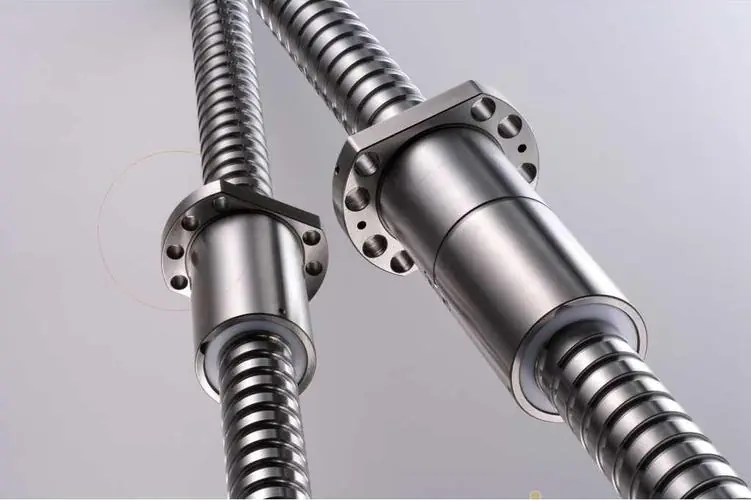 Why Precision Ball Screws are Vital for Industrial Automation and How to Choose the Right Supplier
Why Precision Ball Screws are Vital for Industrial Automation and How to Choose the Right Supplier
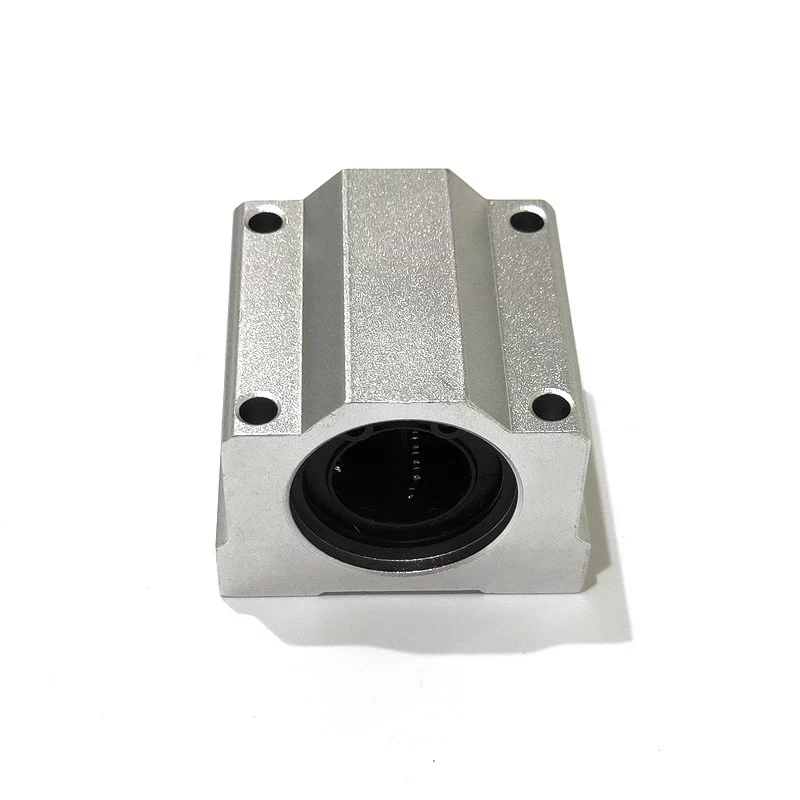 SAIVS Linear Motion Ball Slide Units – Precision and Reliability for Your CNC Needs
SAIVS Linear Motion Ball Slide Units – Precision and Reliability for Your CNC Needs
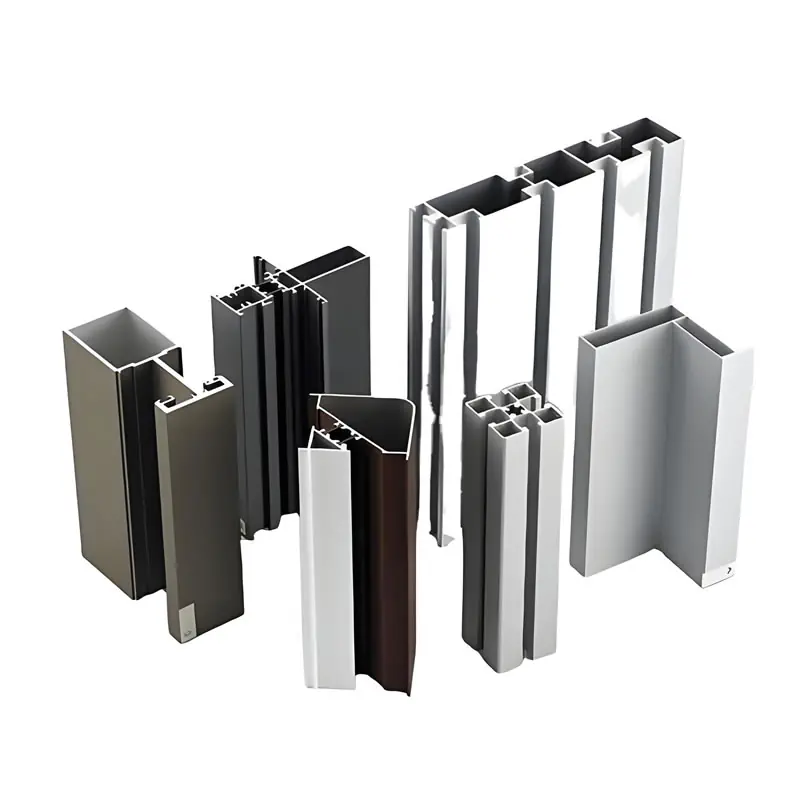 High - Quality T - Slot Aluminum Extrusion Profiles from Ningbo SAIVS Machinery Co., Ltd
High - Quality T - Slot Aluminum Extrusion Profiles from Ningbo SAIVS Machinery Co., Ltd
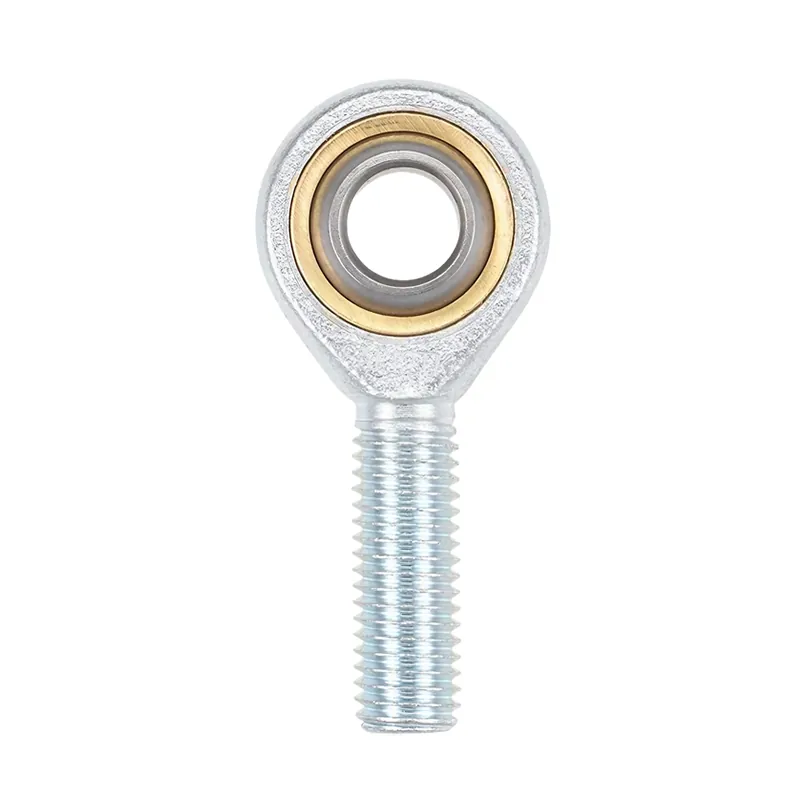 Enhance Industrial Efficiency with Premium Cylinder End Bearings from SAIVS
Enhance Industrial Efficiency with Premium Cylinder End Bearings from SAIVS

